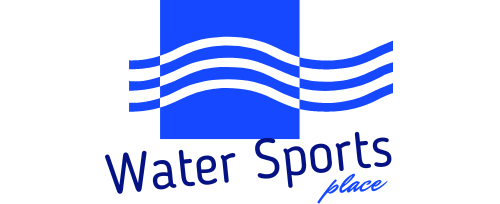The Zambezi River, one of Africa’s most iconic waterways, offers an exhilarating and challenging kayaking experience for adventurous paddlers. Flowing through the heart of southern Africa, the Zambezi is renowned for its powerful rapids, stunning gorges, and breathtaking scenery. Whether you’re a seasoned kayaker or a newcomer to the sport, the Zambezi River promises an unforgettable adventure.
What is the Best Time of Year to Kayak the Zambezi River?
The Zambezi River’s water levels and weather patterns play a significant role in determining the best time for kayaking. Understanding these seasonal variations can help you plan your trip for the most optimal conditions.
Seasonal Water Levels and Weather Patterns
Water Levels: The Zambezi River’s water levels fluctuate greatly throughout the year. The best time for kayaking is generally from late July to mid-January when the water levels are lower, exposing more bedrock and creating bigger, crashing rapids. During the high-water season, from mid-January to July, the river is characterized by big eddy fences and boils, but fewer exposed rapids.
Weather: The region experiences hot weather year-round, but the dry season (May to October) is generally more pleasant for kayaking compared to the wet season (November to April).
Specific Events and Conditions
Rafting Festival: The Zambezi White Water Festival, typically held in October, is an event where paddlers compete in various rafting challenges. This event can attract more paddlers and may affect the availability of resources and accommodations.
Dam Development: There is a proposed dam project that could potentially flood the river and end rafting and kayaking activities by 2025. However, this is still pending and has not yet affected current kayaking activities.
What are the Logistics and Costs Involved in Kayaking the Zambezi River?

Kayaking the Zambezi River requires careful planning and consideration of various logistical factors, including permits, transportation, and accommodation costs.
Permits and Regulations
Access: The river is accessible from both the Zambian and Zimbabwean sides, but the Zambian side is generally safer for foreign nationals due to current political instability in Zimbabwe.
Permits: No specific permits are mentioned, but it is crucial to check the current safety and travel advisories before planning your trip.
Transportation Options
Flights: You can fly into Lusaka, Zambia, and then take a bus to Livingstone (approximately 8 hours, $23) or fly directly to Livingstone.
Local Transport: Taxis with roof racks are available for transport to the put-in points, costing around $7-$10.
Accommodation Costs
Livingstone: Accommodation options range from budget-friendly guesthouses like Faulty Towers and Jollyboys, with prices from $5-30 per night.
Guided Tours: Packages like those offered by Water By Nature include hotel transfers, meals, and guided kayaking trips. These packages can cost around £3195-£3995 (approximately $4,000-$5,000 USD) for a 9-day trip.
Guided Tour Packages
Water By Nature: Offers 9-day kayaking trips with expert tuition, meals, and accommodations. Prices vary depending on the season.
Local Operators: Companies like Bundu Rafting and Raft Extreme offer gear rentals and guided trips. Gear rental can cost around $120 per week.
What are the Recommended Kayak Types and Rental Options for the Zambezi River?
The Zambezi River’s unique characteristics and conditions require specific kayak types and rental options to ensure a safe and enjoyable experience.
Types of Kayaks
Playboats: Historically popular for the Zambezi due to their ability to surf waves and flush out quickly if you get into trouble. However, they may not offer the stability and speed of other options.
Half-Slices/Creek Boats: Recent trends favor these boats for their speed, stability, and playability on big features. They are suitable for running the same lines as playboats but offer more performance.
Specifications and Design
Size and Material: A playboat or half-slice with a volume suitable for big water paddling is recommended. The material should be durable enough to withstand the rigors of the river.
Rental Options: Local operators like Nico from Bundu Rafting, Grubby from Raft Extreme, and Hamish from thezambezi.com offer kayak rentals. It is advisable to bring foam pieces if renting locally to ensure a good fit.
What are the Specific Kayaking Spots and Launch Locations on the Zambezi River?
The Zambezi River offers a variety of access points and notable features that make it a premier destination for kayaking enthusiasts.
Access Points and Safety Considerations
Put-in Points: The most spectacular put-in is just upstream of Victoria Falls, entering the Batoka Gorge. Other put-in points include Rapid 7B, 10, or 14 depending on the water levels.
Safety: The river has big, crashing waves but relatively low-risk levels due to the absence of sticky holes and big consequences. However, it is essential to have a reasonable fitness level and be prepared for rolling up in specific spots.
Notable Features
Rapid Highlights: The river features rapids like Stairway to Heaven, Devils Toilet Bowl, and The Midnight Diner. The lower section includes rapids like 12B and Oblivion, known for their play features.
Reference:
- The Zambezi – one of the better reasons why we learn to kayak – Paddler Ezine
- Kayaking the Zambezi River – Oregon Kayaking
- The Zambezi Dream – African Kayaking Holidays – Water By Nature
